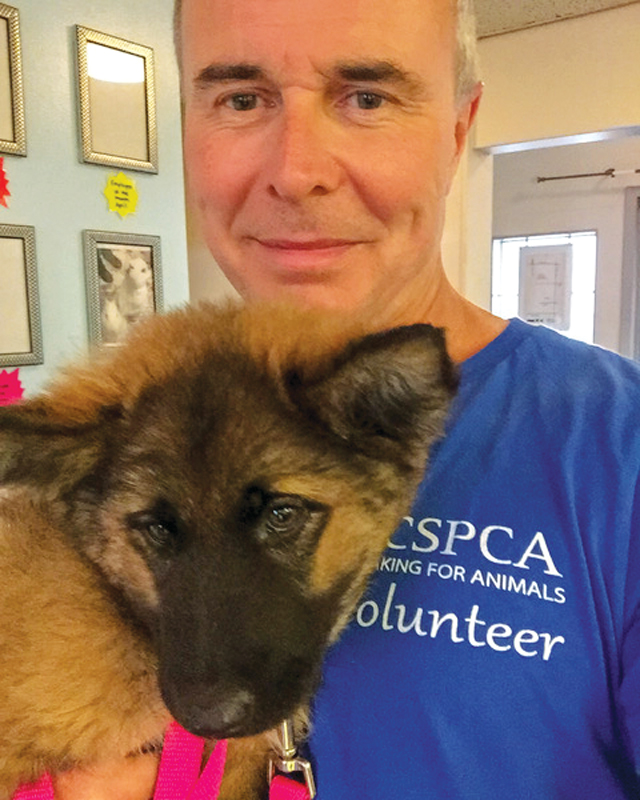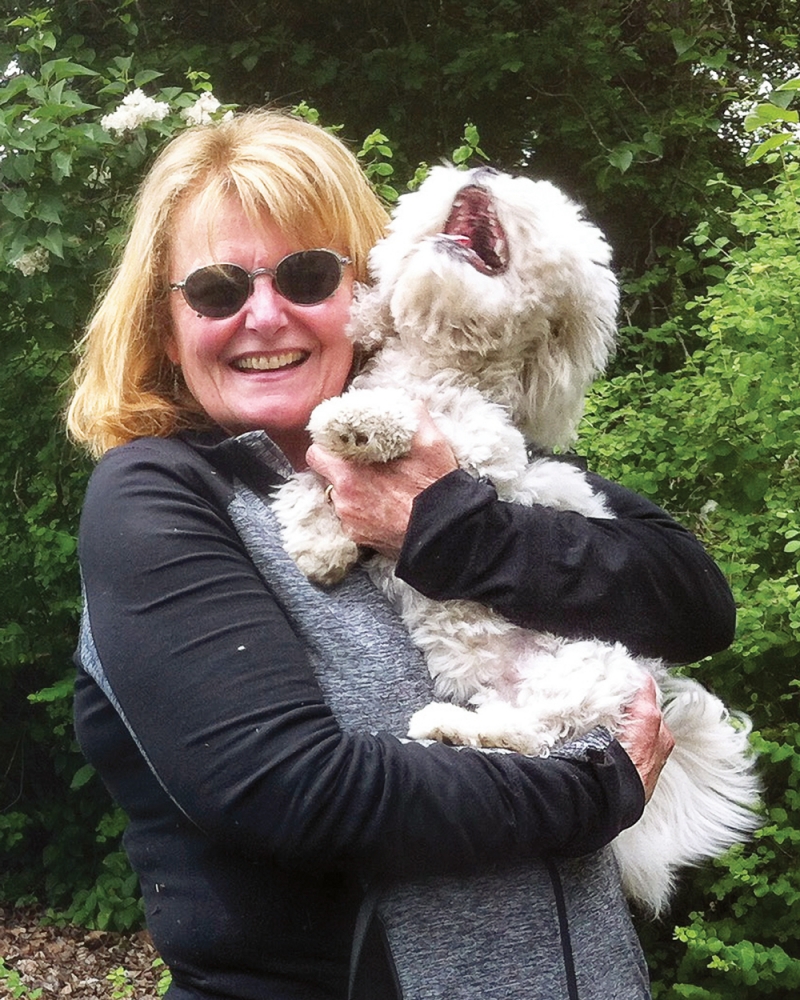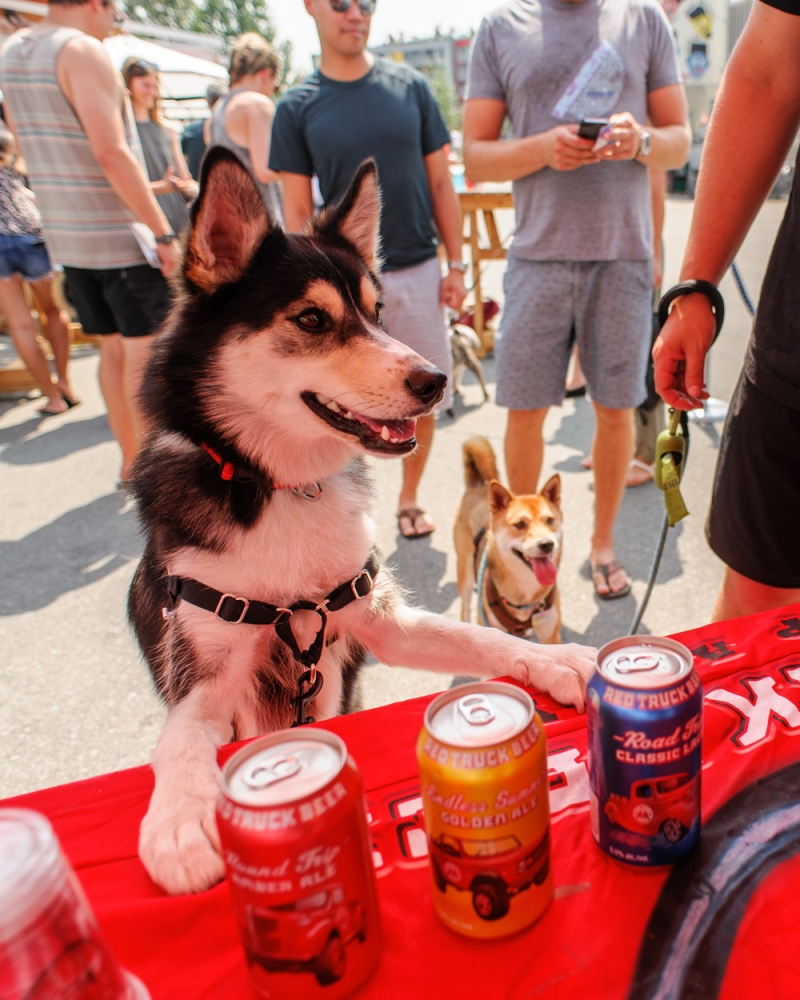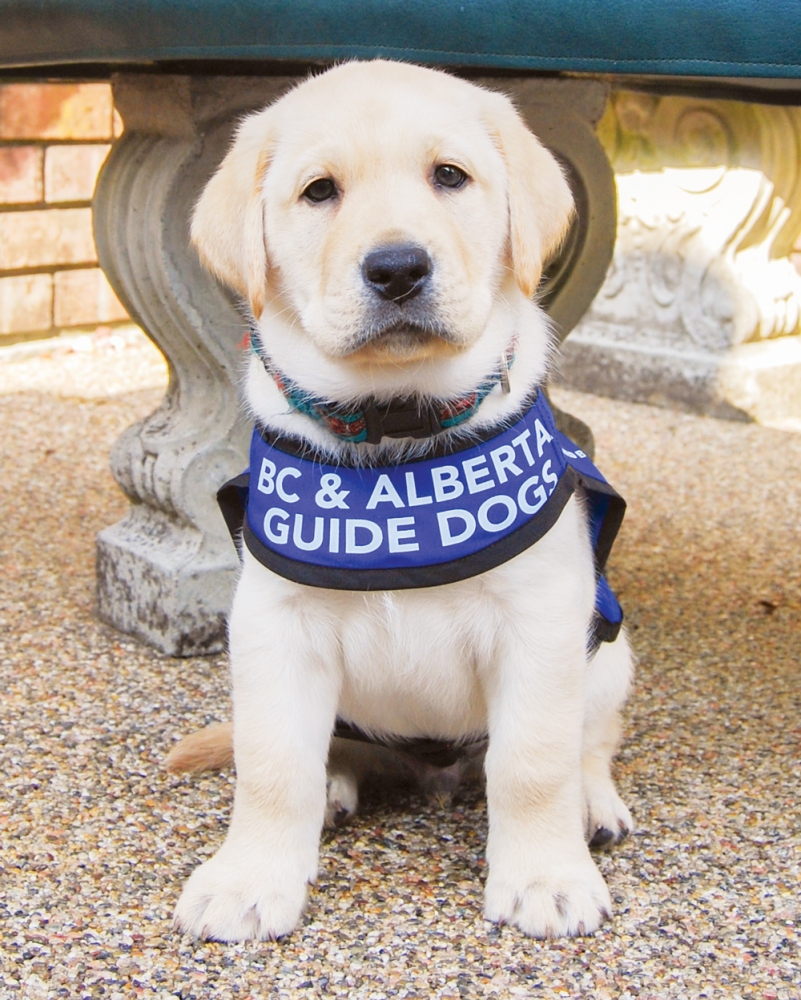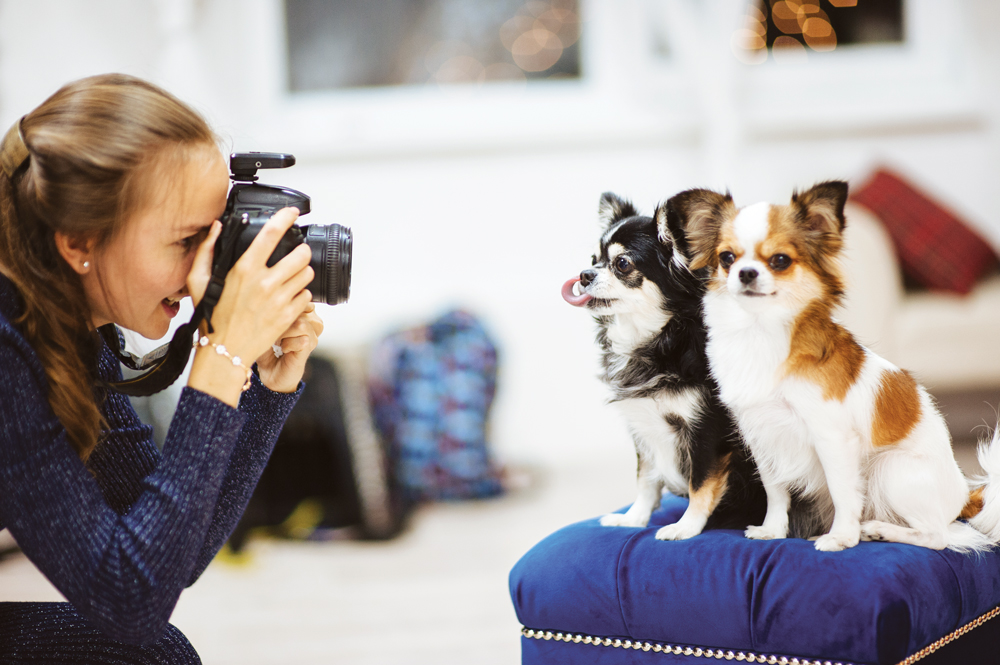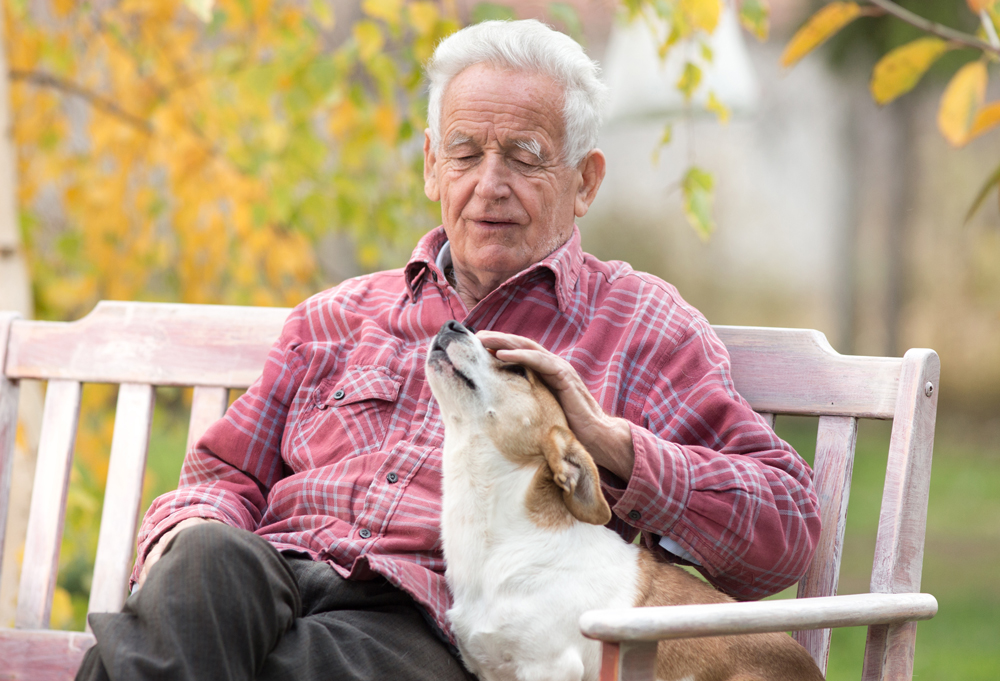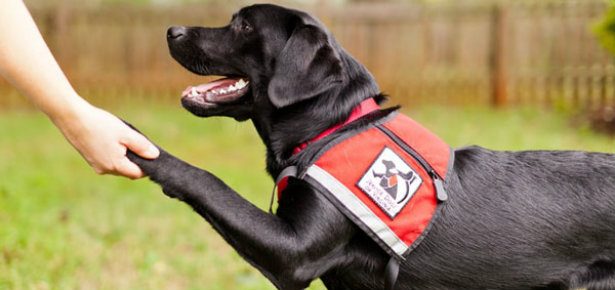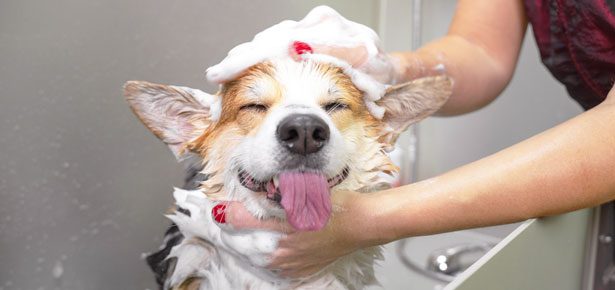

Volunteer Ideas for Dog Lovers & Their Dogs!
Volunteer positions that allow you to help and hang out with dogs
Want to help shelter animals, your community, and yourself? Think about dog volunteering.
Aside from helping your community, it feels good. In a paper published by Harvard Health, the researchers concluded that volunteers benefit from something they call the “happiness effect”—it turns out that weekly volunteering leads to happiness levels comparable to a life-altering salary boost.
Here are some ideas for volunteering—both solo and with your pup (most dogs love having a job to do)—that allow you to help and hang with dogs.
1. Shelter Dog Walker
Mark Sissons’ official title is “Dog Walking Program Coordinator.” Monday to Friday from 5:30 – 8pm, after the British Columbia SPCA staff leaves for the night, Mark gets volunteers matched with appropriate dogs for evening walkies. You may be thinking, how hard is it to walk a dog? But rescue dogs require certain skill sets: they can be highly stressed, and some have been abused and abandoned.
“I first volunteered as a walker after taking the SPCA’s two-hour orientation. The second week their coordinator was sick so I filled in, and 15 years later I’m still here,” Mark says. To be a volunteer these days, more training is involved, starting with an introduction to the SPCA and a second workshop called “DogSense,” taught by volunteers. “It’s canine psychology 101. Along with covering encounters with other dogs and what to do if your dog gets away, you learn how to handle and hold a leash and basic safety,” Mark explains. “The third stage is buddy training, when you walk a dog with another volunteer.” Understandably, a shelter wants people who are serious.
It doesn’t want a high turnover and prefers volunteers who will dedicate a few hours every week. The SPCA is thankful to have volunteers like Mark.
There are challenges to his position. Mark must be constantly vigilant in the courtyard, where all walkers enter and exit with their assigned dogs. He refers to himself as a traffic cop. The dogs aren’t aggressive, but a shelter can be a traumatic, stressful environment and a fight could start.
“I’ve had situations where dogs are so difficult to handle that I have to decide whether they can even be taken outside, for the safety of the walker. Thankfully, most of them can,” says Mark, who organizes anywhere from 10 to 20 dogs. That’s a lot of coordinating. He makes sure dog walkers can handle the dog—they know how to handle a leash and get the harness on—so there’s no escape. But it happens, no matter how diligent you are. It’s a walker’s worst nightmare, and embarrassing.
“When I first started at the SPCA I walked a Rottweiler who had a trick of backing out of his leash. He stopped to poo and as soon as I gave the leash some slack, he ran. I called the shelter and he was sitting at the gate waiting to get back in,” says Mark, laughing.
If you’re considering volunteering at a shelter, whether walking or cleaning kennels or cuddling a sick or senior dog, Mark advises that you be prepared to handle difficult dogs. “Some volunteers just deal with small pooches but most dogs in shelters are large and challenging,” he says. “Some people want to volunteer but say it’s too sad. I understand people are sensitive, but it’s rare that a dog has to be euthanized [at the BC SPCA shelter]. Sure, it’s hard but I suggest they look at a shelter as a positive place: most dogs who enter do exit into their forever home so in a small way you assist in their journey to better lives. You are there to help and put your feelings aside. My experience is that the initial fear of being upset dissipates and you are a part of giving dogs a second chance. There are lots of happy endings and for every dog that doesn’t make it, one hundred do. Feeling sorry doesn’t help the dog but walking and companionship does.”
Mark says it’s tough seeing dogs adopted only to be returned 24 hours later. “Adopting an animal isn’t like buying a fancy jacket and bringing it back to the store because the colour is wrong. Often, people don’t give the dog a chance,” he adds.
In the 15 years that Mark has been with the SPCA, he sees fewer dogs to adopt, which means the programs are successful. It also means there is a volunteer waiting list, so sign up now. “Coming here every day is great, I love it. I show up and have new friends that want to party!”
2. Search and Rescue—Human Volunteer
Darlene Mooney got involved with ROAM—Reuniting Owners with Animals Missing—through her veterinarian. The veterinarian volunteers at a Spay and Neuter clinic in Puerto Vallarta twice a year and usually brings six healthy dogs for adoption home to Victoria, B.C.. “I started out fostering and socializing them, getting Mexican dogs used to a Canadian lifestyle,” says Darlene, laughing. Of course, she adopted a few along the way. “I did house checks (people and property) to see if potential owners would be a good fit because we don’t want to return dogs. Doing so, I met a few people involved with ROAM, followed them on Facebook, and soon joined them in searches. A puppy went missing so they did a grid search and I found him under a pile of garbage. When I handed that puppy back to its owner I was hooked.”
ROAM asked Darlene if she could do a few posts on Facebook. She trained as an administrator and the page has over 10,000 followers. As well, two ROAM phones are answered 24/7, and 150 volunteers are on call to search and rescue. “Sometimes a wooded area with many trails is tricky, but you learn as you go along, such as stay by your car if your dog is lost,” says Darlene. Most dogs are found in a few hours because they get the word out fast on social media, on reflective sandwich boards and posters, and more. Still, Olive, a former street dog, evaded rescue for 98 days. “Magic Day” or Day 4, is typically when a dog surfaces after three days on the lam. If we only knew what they got up to…
There is a downside. Darlene says it’s hard getting reports of deceased animals at the roadside. “We all have microchip scanners so if an animal is down we can locate an owner through the chip and help bring closure for the family,” she explains. “We also use these scanners when we find pets to help reunite them quickly to their owners. And we are connected to a national database and the BC Pet Registry.
“It’s such a thrill returning someone’s animal. Yesterday I took a beloved family member home; the dog’s people were so stressed and panicked,” adds Darlene. “ROAM is also supportive with owners—it’s almost like being a counselor. There is so much reward in helping others.”
3. Fundraiser
Darlene Mooney also helps fundraise. “Every Sunday ROAM has a bottle drive to raise funds for equipment. If an animal is injured we can help with medical bills,” she says. “No payback is required.”
You can also get in shape with your dog while fundraising for animal charities. From walking to running, animal-related charities usually let you bring your pup along. For instance, Paws with a Cause in South Carolina is a canine charity walk that raises money for cancer research. Or simply put out a donation box in your office to collect new or gently used items for your local shelter or rescue group. The SPCA of Texas’ wish list of donation items includes daily shelter needs (large bath towels, blankets, paper towels, and wipes), canned dog food, treats and pill pockets, toys such as Kongs, and even administrative supplies like copier paper, Post It notes, and pens.
If you’re involved with a nonprofit group or church looking for fundraising ideas, consider involving canines at your next event. Red Truck Beer Company invited dogs to launch their brand in Vancouver, BC, and it was a huge hit.
SAINTS, a non-profit for senior animals, held a “Doggy Dinner Party” in a hotel ballroom to raise money. The night was a huge success, according to all participants and Carol Hine, principal operator of SAINTS. "Everyone loved that their pets could be taken to a dining experience as family members," she said. Because you could bring your pet to dinner, the event was their biggest fundraiser to date.
4. Foster-Dog Parent
Sadly, shelter dogs are often adopted only to be returned.
A 2013 study by the American Humane Association found that one in ten pets adopted from a shelter were no longer in the home six months later. A major contributing factor to this sorry statistic is the adopted dog not meeting expectations. Temporarily opening your home (and your heart!) to a shelter dog as a foster dog-parent can help teach shelter pups the etiquette and skills they need to interact with their future siblings—human and canine. Many shelters and rescue organizations have fostering opportunities—enquire with your local group. Plus, by fostering, you open up space in the shelter so more dogs can be saved.
5. Puppy Raiser for Guide Dogs
A few years after losing their dog, Victoria Kirby and her partner read that BC & Alberta Guide Dogs needed puppy raisers. They decided they were ready for the 18-month commitment. Contrary to what most people think, it’s not hard to give the puppy up at the end of your time together because in raising the puppy you are preparing a gift for someone in need. And there is a lot of need. Whether for a visually impaired or autistic person or a veteran with PTSD, the organization’s guide dogs (all Labradors or Lab-Retriever crosses) only work for eight years (from age two to ten) so there is a huge—and continuing—demand.
“The eight-week puppy comes to you with a name, you don’t get to pick it,” says Victoria, “and the puppy goes everywhere with you.” Their first puppy arrived after filling out an online form, several phone calls, and a home visit. Most important is that you have a safe environment with a fenced yard and lots of time for training. “We were thoroughly vetted by the organization and attended a few obedience classes before getting the puppy. Sometimes at the class there were a lot of puppies, other times a few who were 18 months and ready to go.” Or not—about 70 percent of puppies don’t graduate. “If they don’t pass, you are asked first if you want to keep the dog. I had no idea my dog would fail,” quips Victoria with a chuckle.
“If you’re thinking about raising a puppy to become a guide dog, you need patience, perseverance, and community involvement,” adds Victoria. But “raising a puppy is one of the best things I’ve done. I’ve met so many wonderful people through this organization. Just remember to be objective with a dog you aren’t going to keep.”
6. Photographer/Writer/Social Media Maven
Do you spend more hours than you care to admit on social media? Put that time on Facebook and Instagram to good use! A well-crafted post, including a canine biography, photos and videos, can create buzz and greatly increase an animal’s chances of adoption. Make an appointment at your local shelter to meet your “subjects” out of their cages, maybe playing with a toy or ready for walkies with their happy face. If you’re a budding writer/videographer and/or photographer, this is a great way to hone your craft and build your portfolio while helping dogs find homes.
7. Search and Rescue—Canine Volunteer
If you’d like your dog to help with Search and Rescue (SAR), you can train him to participate. Most Search and Rescue breeds are German Shepherds, Border Collies, Labrador Retrievers, and Golden Retrievers, but if your dog has superb scenting capabilities, plenty of physical endurance, stamina, strong drives (prey, pack, play), is intelligent, and easily trainable, your dog might be the perfect candidate. Check out the National Association for Search & Rescue (nasar.org) and the American Rescue Dog Association (ardainc.org).
8. Dog Therapist
If your dog is sociable and makes friends easily, how about getting him or her a job as a therapy animal? Nursing homes and hospitals, schools and special needs centers welcome therapy dogs that provide emotional support. If your dog likes kids and is a good listener, consider donating your time to a canine reading program: dogs are the perfect nonjudgmental listener to support emerging readers. A quick online search will help determine if one is nearby. Therapeutic Paws of Canada, for example, runs a Paws To Read division, an educational program that arranges weekly visits with volunteer dogs (and cats) for children with emotional challenges or reading difficulties.
Join the newsletter and never miss out on dog content again!
"*" indicates required fields
By clicking the arrow, you agree to our web Terms of Use and Privacy & Cookie Policy. Easy unsubscribe links are provided in every email.
